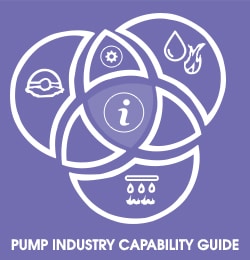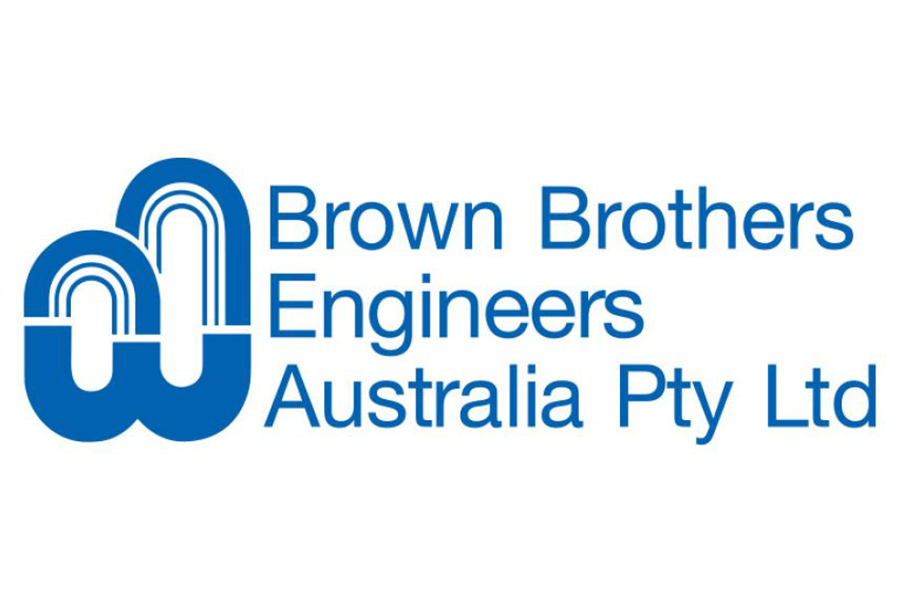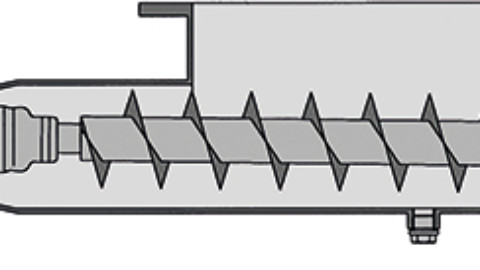Submersible wastewater pumps are an integral part of efficiently transporting sewage from one station to another in urban areas. Eventually this sewage will end up at a STP (sewage treatment plant) ready for processing.
Little thought is given to these workhorses, as they are out of sight and out of mind. However, when something goes wrong it can result in a spectacular and unwanted event that no one wants to experience.
Usually, these are overflow events that result in a biologically hazardous, unsightly and pungent situation. These must be cleaned up as quickly as possible to prevent contamination of sensitive biological habitations such as seas, lakes, rivers and creeks, private yards and public areas, which are also very politically sensitive.
Pump set failure and condition monitoring
There are two main reasons submersible pump sets fail and breakdown as it is not practicable to see or even hear the pump sets: bearing and seal failure, and ragging events, with the latter being extremely common.
It is also quite normal that the sewage well column level has to be kept over the height of the pumps to help cool the pump set, so at no time can you actually hear or even see the pumps.
Therefore, how is it possible to get conditional data of the pump set condition? The answer is vibration monitoring, in addition to other methods currently used in this philosophy.
An accelerometer or two, bonded internally or externally to the pump set and connected to an on-line diagnostic vibration monitor could have great results in supplying crucial information for your submersible network.
This information is used even more efficiently when used in conjunction with ifm’s Smartobserver software suite.
How Smartobserver works
This software – which is able to be viewed on your PC, phone or tablet – visualises and tracks the operating conditions of the pumps, and when something untoward happens, the Smartobserver is instructed to send an alarm and email out to the people that you most want to know about it.
It is also hierarchical, meaning that if someone doesn’t respond to the alarm, that alarm will be transferred to the next person in line until someone does respond.
The alarm is then opened to see exactly what has caused the fault, with a graphic representation automatically produced showing a snapshot of the offending monitored object in trend form along with its amplitude.
A link is also sent for the client to open which will take the user directly to the alarm page where you can see what led up to the alarm. You can also view historical data to ascertain exactly what has occurred to the pump set.
Ragging events are the most profound to see in this form and probably the most likely to cause major problems with the submersible pumping station. The system highlights these conditions so a team can be sent to correct the situation before it transpires into a major issue (Figure 1).

Figure 1: A ragging event in peak acceleration showing severity and length or blockage.
What caused the problem?
A towel flushed down a toilet ended up in the submersible, totally blocking it. Normally, there are two pumps in a wet well but there is a very real possibility of getting another blockage causing a wastewater overflow (Figure 2).

Figure 2.
This partner content was brought to you by ifm efector. For more information, visit www.ifm.com/au/en.


















